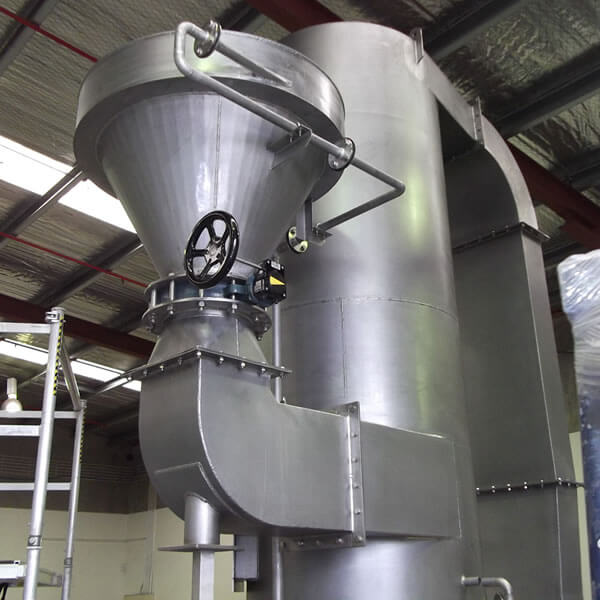1. Introduction to Dust Collectors
Dust collectors play an indispensable role in maintaining air quality, especially in industrial environments. These specialized machines are designed to capture and filter out dust and other particulates that can compromise air quality, thereby ensuring a safer, healthier workspace. This article will delve into the various types of dust collectors, their importance in air quality maintenance, and how to keep them running at peak performance.
2. Types of Dust Collectors
Dust collectors come in several different types, each with its unique design and functionality.

a. Cyclone Dust Collectors
Cyclone dust collectors use centrifugal force to separate dust and other particles from the air. The dirty air enters the collector's inlet, spirals downwards, and creates a cyclone effect. This action causes heavier particles to fall into a collection bin, while cleaner air is expelled from the top.
b. Baghouse Dust Collectors
Baghouse dust collectors, as the name suggests, utilize large fabric bags to filter dust from the air. As air flows through these bags, dust particles are trapped on the surface, allowing clean air to pass through. Over time, the dust is shaken off into a collection bin for disposal.
c. Cartridge Dust Collectors
Cartridge dust collectors use pleated, cylindrical filters to capture dust particles. They offer a higher filtration efficiency and are easier to maintain than other types. However, they may not be suitable for environments with larger dust particles.
3. The Importance of Air Quality in Industrial Settings
Maintaining good air quality in industrial settings is vital for various reasons. First, it ensures the health and safety of employees by minimizing their exposure to harmful dust and particulates. Second, it helps to comply with environmental regulations and avoid potential fines or sanctions. Lastly, a clean environment can enhance equipment longevity and reduce maintenance costs.
4. How Dust Collectors Improve Air Quality
Dust collectors work by drawing in contaminated air, filtering out dust particles, and releasing clean air back into the environment. This process not only improves air quality but also minimizes the risk of dust explosions, which can occur when dust concentrations in the air reach dangerous levels.

5. Dust Collector Maintenance
Proper maintenance of dust collectors is crucial for their efficiency and longevity. This includes regularly checking and replacing filters, inspecting the system for any leaks or damages, and ensuring the dust collection bin is emptied as needed. Additionally, conducting routine performance audits can help identify potential issues before they lead to system failure.
Conclusion
In conclusion, dust collectors serve as essential tools in maintaining air quality in industrial settings. The type of dust collector suitable for a particular environment depends on the nature of the dust produced and the specific requirements of the operation. Regular maintenance is key to ensuring these systems continue to operate optimally and contribute to a healthier, safer workspace.